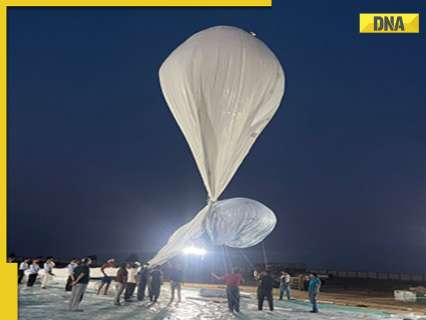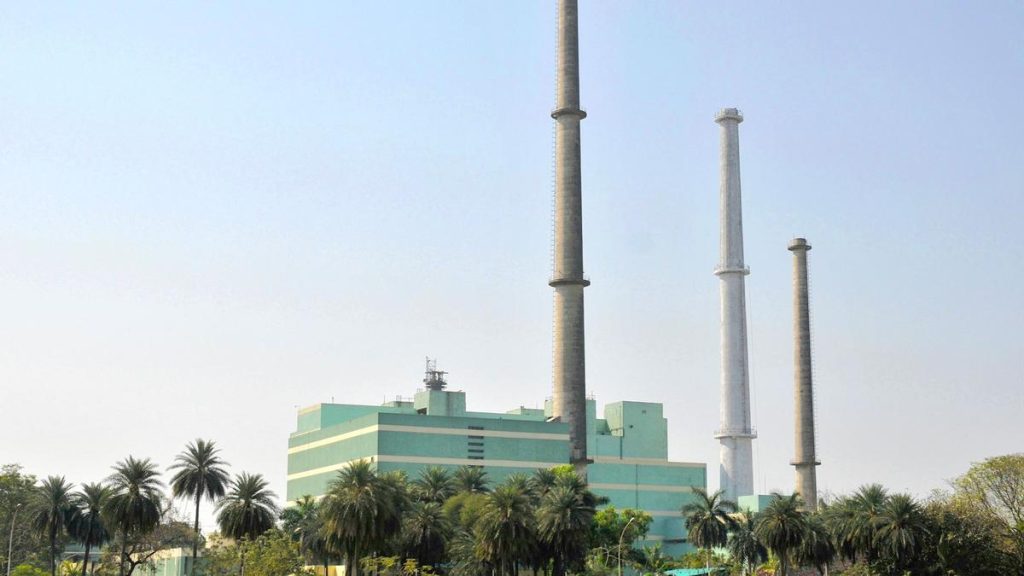Now Reading: DRDO Achieves Milestone with Successful High-Altitude Surveillance Test
-
01
DRDO Achieves Milestone with Successful High-Altitude Surveillance Test
DRDO Achieves Milestone with Successful High-Altitude Surveillance Test

Rapid Summary
- The Defense Research and Development Organisation (DRDO) successfully conducted maiden flight trials of a stratospheric airship platform from the Sheopur trial site in Madhya Pradesh.
- Developed by Aerial Delivery Research and Development Establishment,Agra,the airship carried an instrumental payload to an altitude of around 17 km.
- Data from onboard sensors will be used for developing high-quality fidelity simulation models for similar future flights.
- Systems for envelope pressure control and emergency deflation were tested during the flight evaluation; the system was recovered successfully after 62 minutes in operation.
- Raksha Mantri Rajnath Singh congratulated DRDO, stating this advancement will enhance India’s earth observation and Intelligence, Surveillance & reconnaissance capabilities-making India one of few countries with such indigenous technology.
- DRDO Chairman Dr Samir V Kamat called it a milestone towards deploying lighter-than-air platforms capable of enduring long operations at stratospheric heights.
Indian Opinion Analysis
The triumphant maiden trial of DRDO’s stratospheric airship marks a significant technological leap for India in aerospace capabilities. With its ability to operate at 17 km altitude using lighter-than-air technologies,this platform could offer strategic advantages in surveillance,national security,and earth observation domains. Its prolonged endurance capability aligns well with global trends favoring cost-effective high-altitude solutions over conventional satellite deployments or drones.
The testing of pressure control systems and emergency deflation mechanisms ensures that safety measures are proactively assessed as part of the development process-critical for operational reliability when scaled further. This development additionally reinforces India’s push towards self-reliance (Atmanirbhar Bharat) in advanced aerospace systems while strengthening its global position among nations mastering high-altitude airships.Lastly, endorsement from leaders such as Raksha Mantri Rajnath Singh underscores governmental support behind cutting-edge R&D efforts that contribute not only to national defense but also broader scientific innovation trajectories.
























